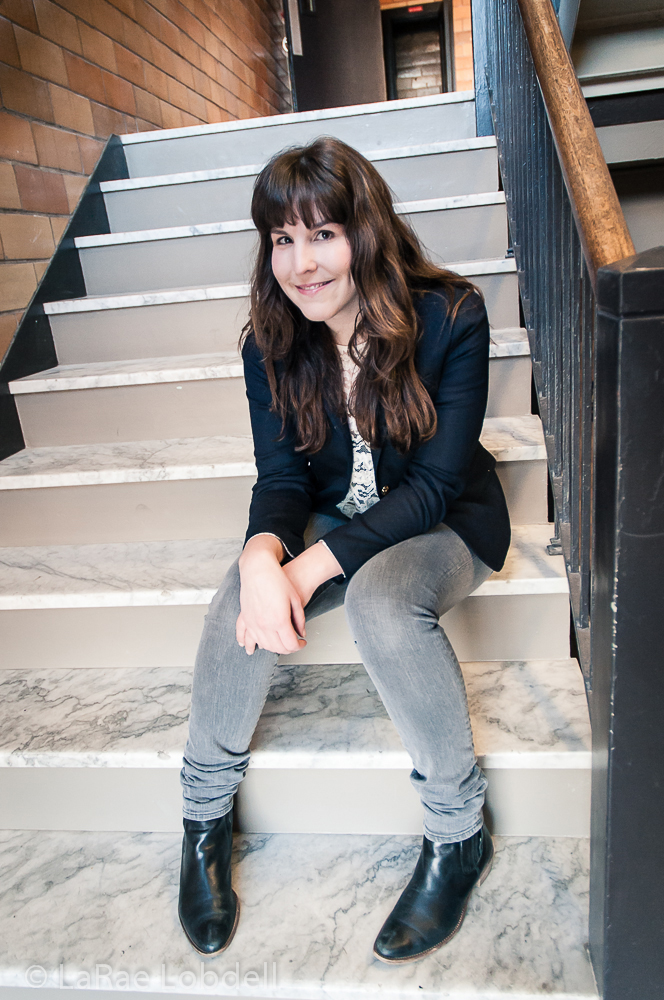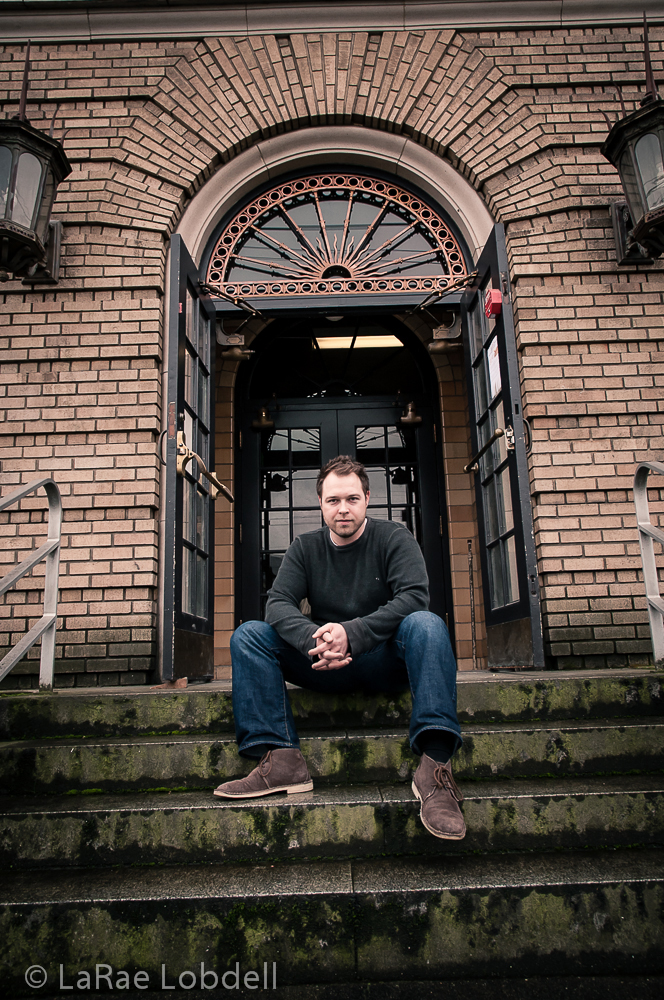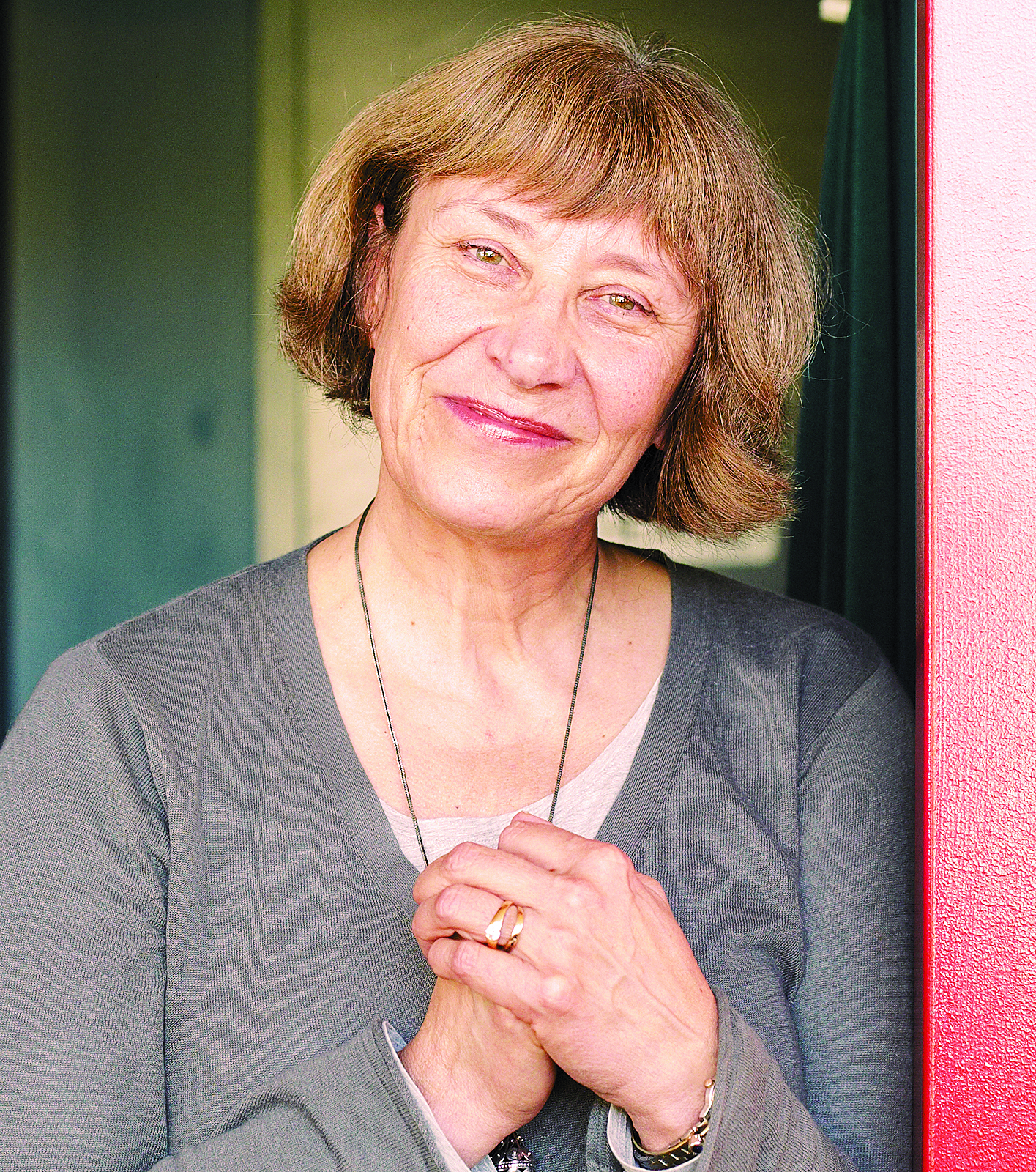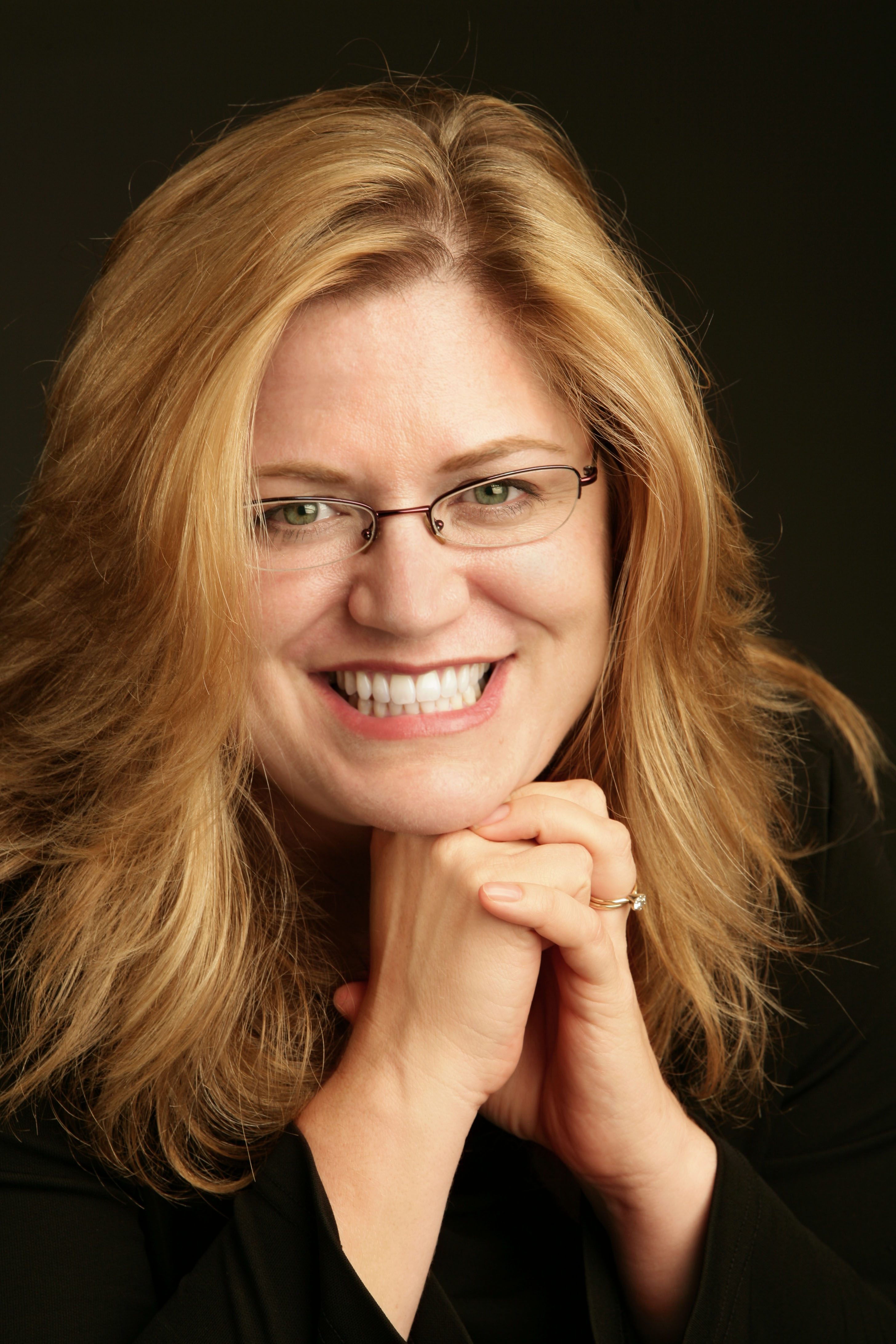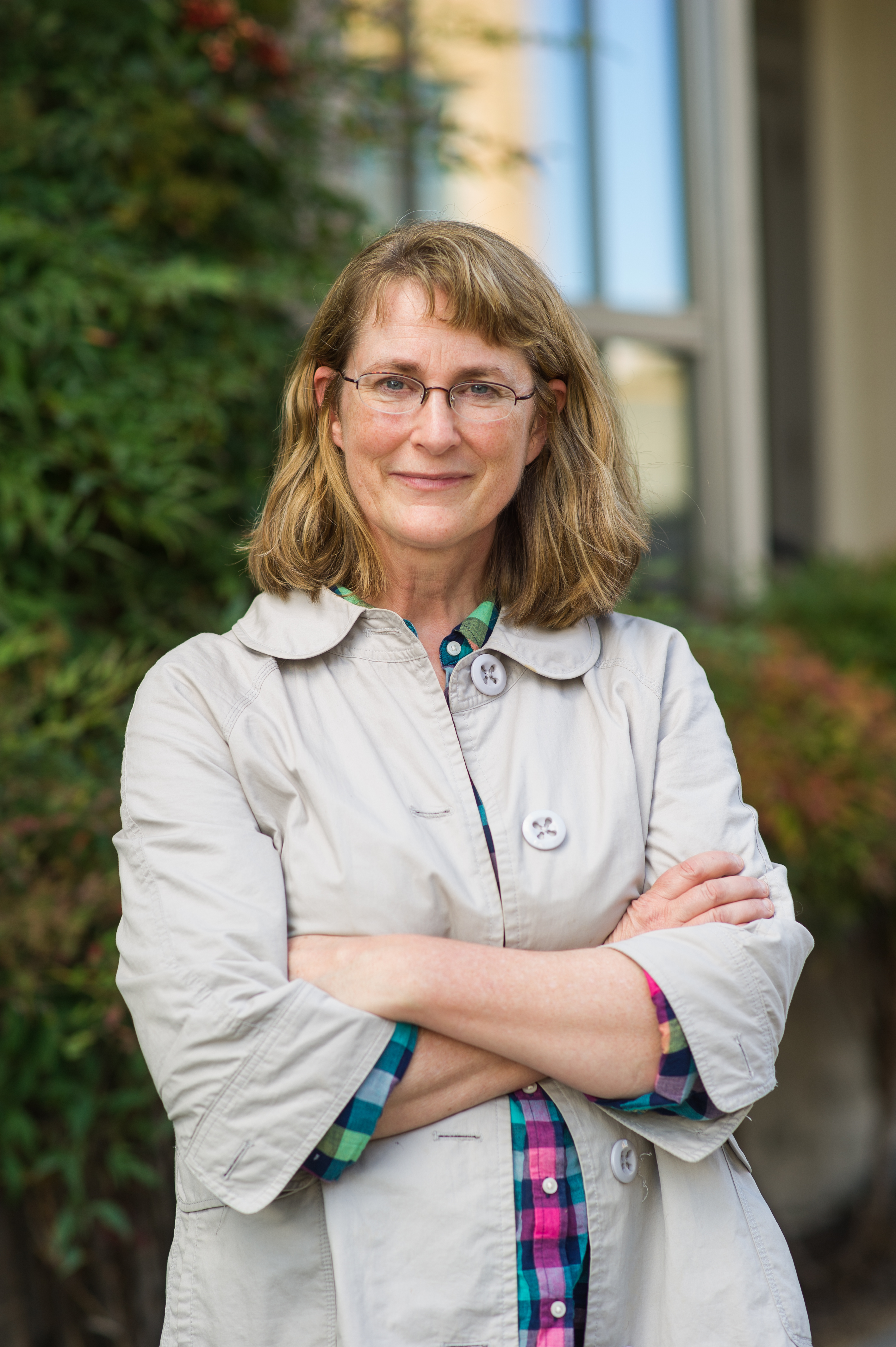In the cheap, subversive, and willfully experimental world of fringe theater, there are few unexamined preconceptions, but here’s one: You want as many people as possible to buy tickets and see your show. There are few moments giddier than when the 49 seats in the house are full and the stragglers are placed on bar stools and floor cushions. A small, dark room is infused with the electricity of an expectant amphitheater.
But selling out shows is a preconception that The Satori Group is challenging directly. “We’re interested in plays that get their power from intimacy,” explains Spike Friedman, whose new play Returning to Albert Joseph opens in May. “We talk about a million people watching a 10-minute video pretty regularly now. As theater makers, we aren’t going to win in scale. But maybe we can win in power of experience. We can have genuine impact on the few people, maybe only the one person, who see [a show].”
Lest you consider this snooty self-justification for small audiences, Satori has proven itself thoroughly committed to the idea of intimate theater that “you feel in your gut,” says Friedman. For the past two years, the shows produced by this ambitious theater collective have included “Micro-Dramas,” wordless theatrical experiences designed for a handful of viewers. “These shows would only have, total, maybe 16–20 people seeing them a night,” explains Satori artistic director Caitlin Sullivan. “That allows you to have a connection with your audience that is completely different from any other experience. You build a world for each person to inhabit on their own.”
Satori, which came to Seattle in 2008 and now numbers eight core members, is the result of an unofficial academic exchange program: Theater students at Williams College and the University of Cincinnati’s College Conservatory of Music made contact through mutual friends. It wasn’t an immediate meeting of minds, says Alex Matthews, who came from the Massachusetts side of the equation: “Williams is filled with fiercely intelligent liberal-arts types—it’s theater grad school at a high-octane level. That’s great, but the fact that it’s so heady and isn’t about the practicalities of craft is a point of pride for them, which is naive but charming. But the people who went to CCM, they’re these Arabian stallion thoroughbreds, trained in practical technique for professional work. We wanted to take these two approaches and make them whole.”
Two decisions resulted: After graduating in 2007, the artists would train together, and they would all move somewhere entirely unfamiliar. “We wanted to get someplace where we had no contacts, no family, no friends. Because we knew if it was going to work, it was going to be tough. It could only be about the work,” explains Matthews. “No L.A., New York, or Chicago.”
The company made its Seattle debut in 2009 at Washington Ensemble Theatre with a Tragedy: a Tragedy, Will Eno’s poetic deconstruction of a typical evening’s newscast. To me, it was miraculous in the confidence and daring of an unknown ensemble of actors. Despite such youth, this was a group of artists who already demonstrated a clear aesthetic and a shared physical style. Later that year, Artifacts of Consequence was even more impressive, a taut script by New York playwright Ashlin Halfnight about an unexpected visitor to a post-apocalyptic bunker under Elliott Bay.
Satori continued to earn critical praise with two subsequent shows in a Pioneer Square loft, Fabulous Prizes and Winky (the latter based on a George Saunders story). The company then moved last year to the Inscape Building, the artist warren once called the INS Building on the street previously known as Airport Way, in the ID. There they began crafting shows as immersive art installations, like 2013’s ReWilding, a collaboration with playwright Martyna Majok, which transformed their digs into an honest-to-god forest, complete with soil that the company trucked in. This intense reimagining of space, which creates the effect of an entire world behind the plays, will again be part of Returning to Albert Joseph, set in a dystopian future where an underground resistance struggles to regain language from a violent regime.
Having its own larger venue, which seats up to 100, now allows Satori to more easily schedule the long-form development processes so integral to its work. ( Joseph has had multiple workshops since Friedman’s first draft in 2010.) Yet too much time in the rehearsal room can be a trap, says Matthews, who’s directing Joseph : “We try and remember that getting our work in front of an audience is when the work actually begins. It doesn’t have to be finished, or we don’t have to be happy with it. But we’re always trying to build something we would want to watch.”
“Things can get over-workshopped and watered down,” adds Sullivan. To counter this, they’ve developed events like Play. After a reading, audience members are provided with multiple methods to give honest feedback—including notes, refrigerator-magnet poetry, videos, or just hanging out with a beer and chatting with Satori members. “There’s a difference between honestly asking for feedback and just pretending to get it,” says Sullivan.
But while Satori wants an intimate connection with its audience, it’s also looking to grow that audience. “It was charming for a while to have more people who had heard of our work than had seen our work,” says Sullivan. “That’s not true any more. I want people to not just hear about us, but to see us.” After Joseph ’s premiere, there’s talk of touring and even restaging prior work. Given how good that work can be, that’s great news for audiences interested in theater that’s microcrafted, meticulous, and intense.
stage@seattleweekly.com
RETURNING TO ALBERT JOSEPH Inscape Building, 815 Seattle Blvd. S., satori-group.com. $15. Runs May 2–25.
